The encoder/decoder parts are to be connected to a transmitter/receiver module which takes care of the transmission of digital signals by radio or infra waves. The communication signal format is designed to be used for radio transmission (it has a constant 50% signal/silence ratio), but it can work with infrared devices as well.
Posted on Friday, April 23, 2010 • Category:
Power Supplies
Voltage range: 0.7 - 24V
Current limiting range: 50mA - 2A
A Variable DC Power Supply is one of the most useful tools on the electronics hobbyist's workbench. This circuit is not an absolute novelty, but it is simple, reliable, "rugged" and short-proof, featuring variable voltage up to 24V and variable current limiting up to 2A. Well suited to supply the circuits shown in this website. You can adapt it to your own requirements as explained in the notes below.
Posted on Friday, April 23, 2010 • Category:
Remote Control
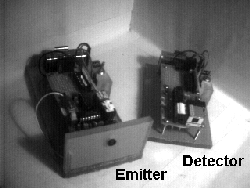
You can construct your own long range infrared (IR) wireless remote using Motorola's MC145026 emitter and MC145027 detector chips. With your remote you can control devices up to 20 feet (7 meters) away. It operates similiarly to a TV remote. You just point the emitter at the detector, push a transmit button. The detector then interprets your data signal. You can use this circuit to remotely turn on/off devices (like a motors, relays, home appliances).
Posted on Friday, April 23, 2010 • Category:
Miscellaneous
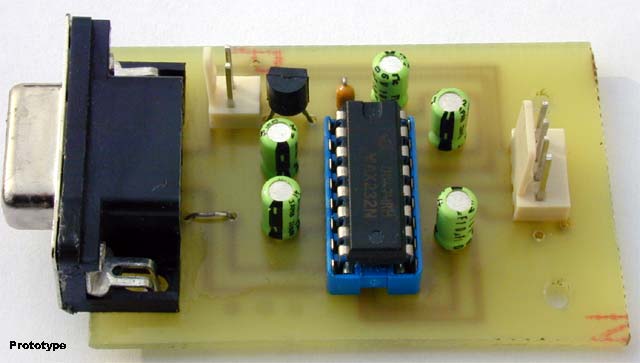
This small realization, based on one of the most common IC (MAX232) is designed to create a small and convenient TTL to RS232 and vice versa converter.
All you need is 4 caps, one IC and 2 connectors. If you want to add a small regulator on the board (already foreseen on the PCB) you just need to add a 78L05 regulator and a cap.
Posted on Friday, April 23, 2010 • Category:
FM Transmitters
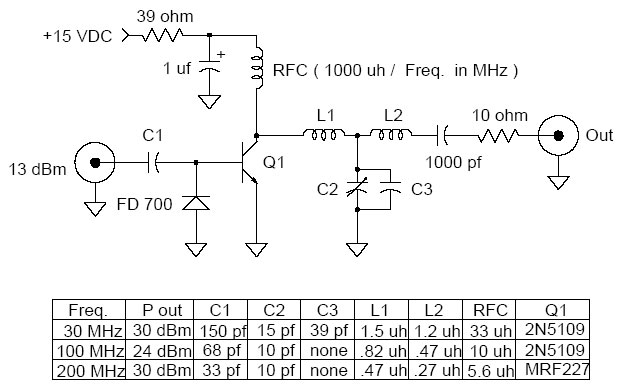
This is a universal 1 Watt RF class C amplifier that is ideally suited for low power FM transmitters. Input should be at least 100mW to achieve 1W output. It is recommended to enclose the amplifier in a metal case.
Posted on Thursday, April 22, 2010 • Category:
LED
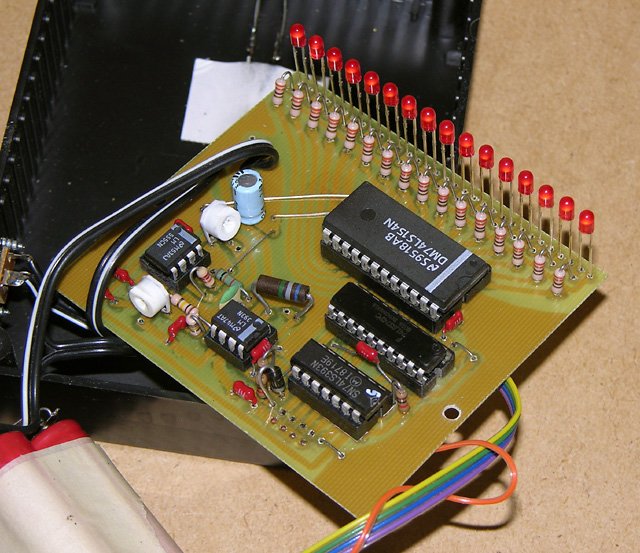
For the electric R/C enthusiast, a tachometer can be a very useful piece of equipment. When I first built this tach back in 1995, it was essential, as there were very few off-the-shelf electric R/C power systems that just worked. At that time, you had to experiment with batteries, speed controls or switches, connectors, and wiring, and a tachometer was a tool to help you measure the results.
Posted on Thursday, April 22, 2010 • Category:
Battery Chargers
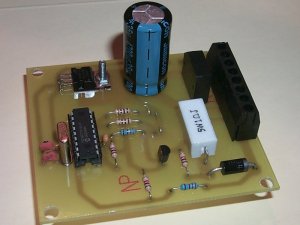
This cheap and easy to build NiCd/NiMH Battery Charger is suitable for automatically charging a wide range of batteries for many applications. Proper chargers are usually expensive and cheap chargers supplied with the original equipment often incorrectly charge the cells and dramatically shorten their life.
Posted on Thursday, April 22, 2010 • Category:
FM Transmitters
This page describes TX ATV Transmitter for 23 cm with output adjustable from 100 to 250mW.
Posted on Thursday, April 22, 2010 • Category:
Battery Chargers
This is a MAX1811 based USB charger that can handle both Lithium Ion and Lithium Polymer 3.7V battery. It requires very few external components and provides ability to select between 4.1v and 4.2v battery regulation for different types of LiPo batteries. You can select between either 100mA and 500mA current charging mode and LED provides the status of the charging.
Circuit-Zone.com © 2007-2025. All Rights Reserved.